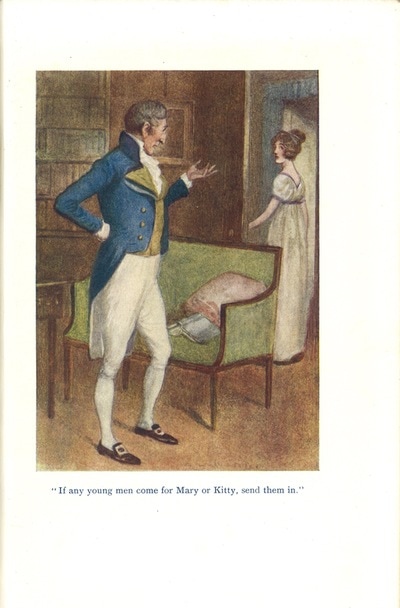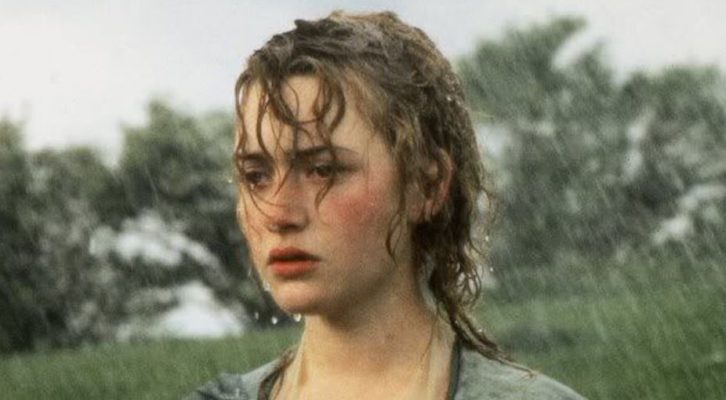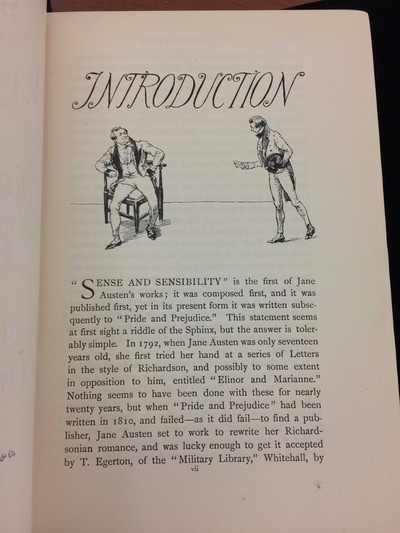

Perhaps in a bid to make the novels seem more up-to-date, Pickering portrayed the female characters in 1830s styles: elaborate coiffures, high-brimmed bonnets, leg-of-mutton sleeves, tight bodices, narrow waists, and full skirts, in place of Regency simplicity of fashion.

She notes that although Hugh Thomson's illustrations (which rendered Austen's characters as though they were escapees from a Dickens novel) had lasting popularity, the first illustrator of Austen's novels was Ferdinand Pickering in 1833 (a correction of other sources' identification of the artist as George Pickering). Looser's book is a well-researched and lively reconsideration of this too-neat outline. After another relative lull in Austen appreciation came the six-part Pride and Prejudice BBC series in 1995 starring Jennifer Ehle and Colin Firth, which fostered the contemporary mass audience for all things Austen.

Chapman, and Hollywood's heavily altered 1940 film version of Pride and Prejudice starring Laurence Olivier and Greer Garson. Then came the mid-20th-century revival of interest after the 1923 publication of the scholarly Standard Edition of her writings edited by R.W. A late-Victorian surge of interest was sparked by the publication of A Memoir of Jane Austen by her nephew James Edward Austen-Leigh in 1870 (a second expanded edition followed the next year), the Letters of Jane Austen by her great-nephew Edward Hugessen Knatchbull-Hugessen (the first Baron Brabourne) in 1884, and the best-selling "Peacock Edition" of Pride and Prejudice illustrated by Hugh Thomson in 1894:

We might think we know the general outline of Austen's rediscovery by later generations. And yet today, as scholar Claire Harman wrote in her own book on the posthumous creation of Austen's reputation, Jane's Fame (Henry Holt, 2009), "her six completed novels are among the best-known, best-loved, most-read works in the English language" (p. After her death in 1817 her novels went out of print until the 1830s. All of the novels issued during Austen's lifetime were published anonymously, and in their initial appearance achieved only modest success. In her introduction to The Making of Jane Austen (Johns Hopkins University Press, 2017), scholar Devoney Looser consciously echoes Simone de Beauvoir's "On ne naît pas femme: on le devient" (One is not born, but rather becomes, a woman). Image source: Arizona State University She was not born, but rather became, Jane Austen.


 0 kommentar(er)
0 kommentar(er)
